I’ve never had much success growing rhododendrons. Looking back at the sad specimens I’ve given up on over the years, I blame poor locations (they need more sun than I realized) and exposed locations (winter winds desiccate the foliage and kill flower buds). Just like real estate agents say: location is everything.
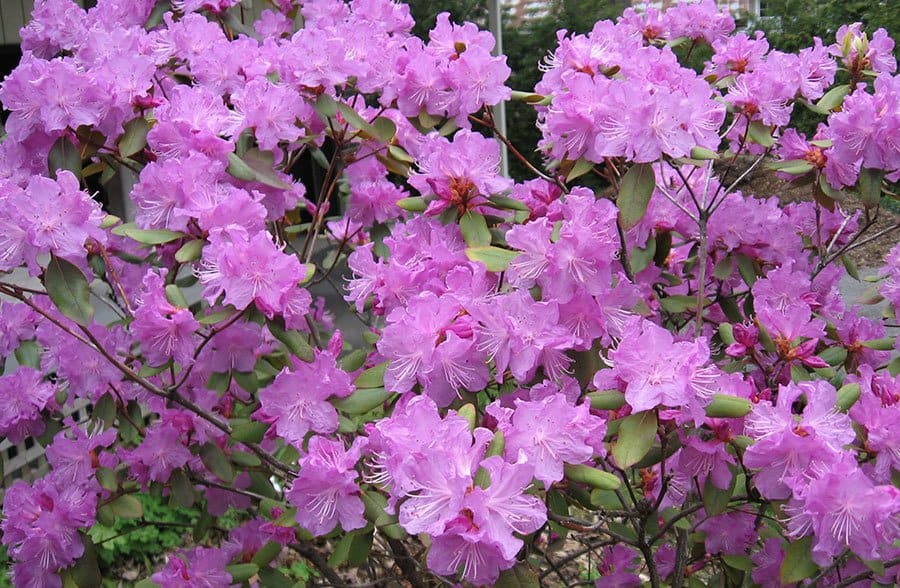
I think I’ve finally found the right spot in our front garden — just enough sun and slightly sheltered from harsh winter weather (yes, we have that in the Niagara region). It’s also near a path where I can easily see when additional water is needed to keep the leaves from flagging in summer heat. I have two rosy red blooms on ‘Haaga’, a University of Helsinki hybrid I planted two years ago, and I’m thrilled.
“Growing rhododendrons in a cold climate” describes other hardy rhododendrons and azaleas, along with these relatively new hybrids from Helsinki.
Late May in the garden
Now that it’s the end of May and tulips and daffodils have faded, I’m waiting for peonies and roses to take their turn. But in between the last of the spring bulbs and the start of the summer beauties, several spring perennials, vines and shrubs have brightened our garden. Here are four of my favourites, all hardy to at least Zone 5:
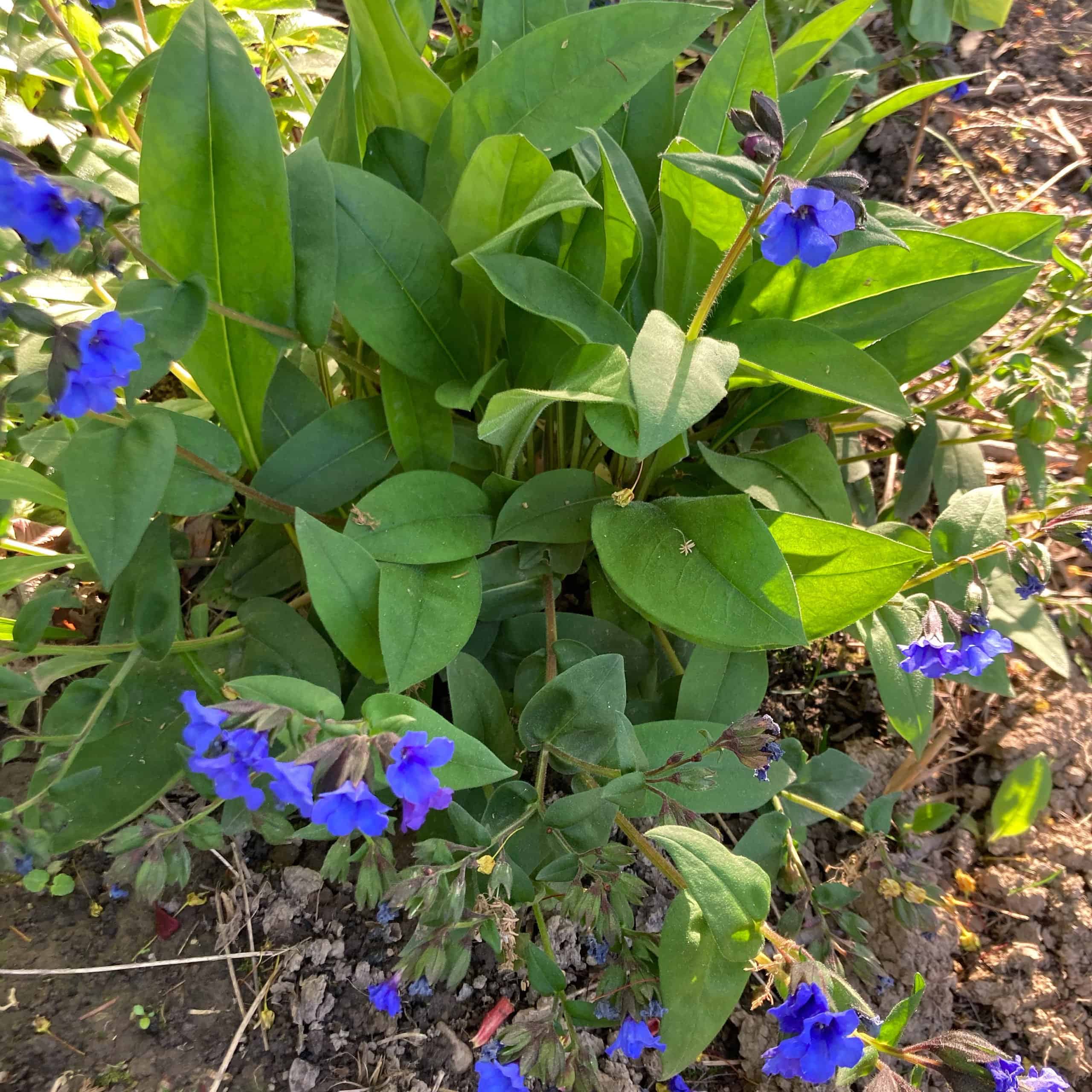
‘Blue Ensign’ lungwort (Pulmonaria ‘Blue Ensign’): Most lungworts have splotched or spotted leaves, but the foliage on ‘Blue Ensign’ is solid green. The rich blue flowers last several weeks and it pairs well with hellebores and primula, which also do well in semi-shade.
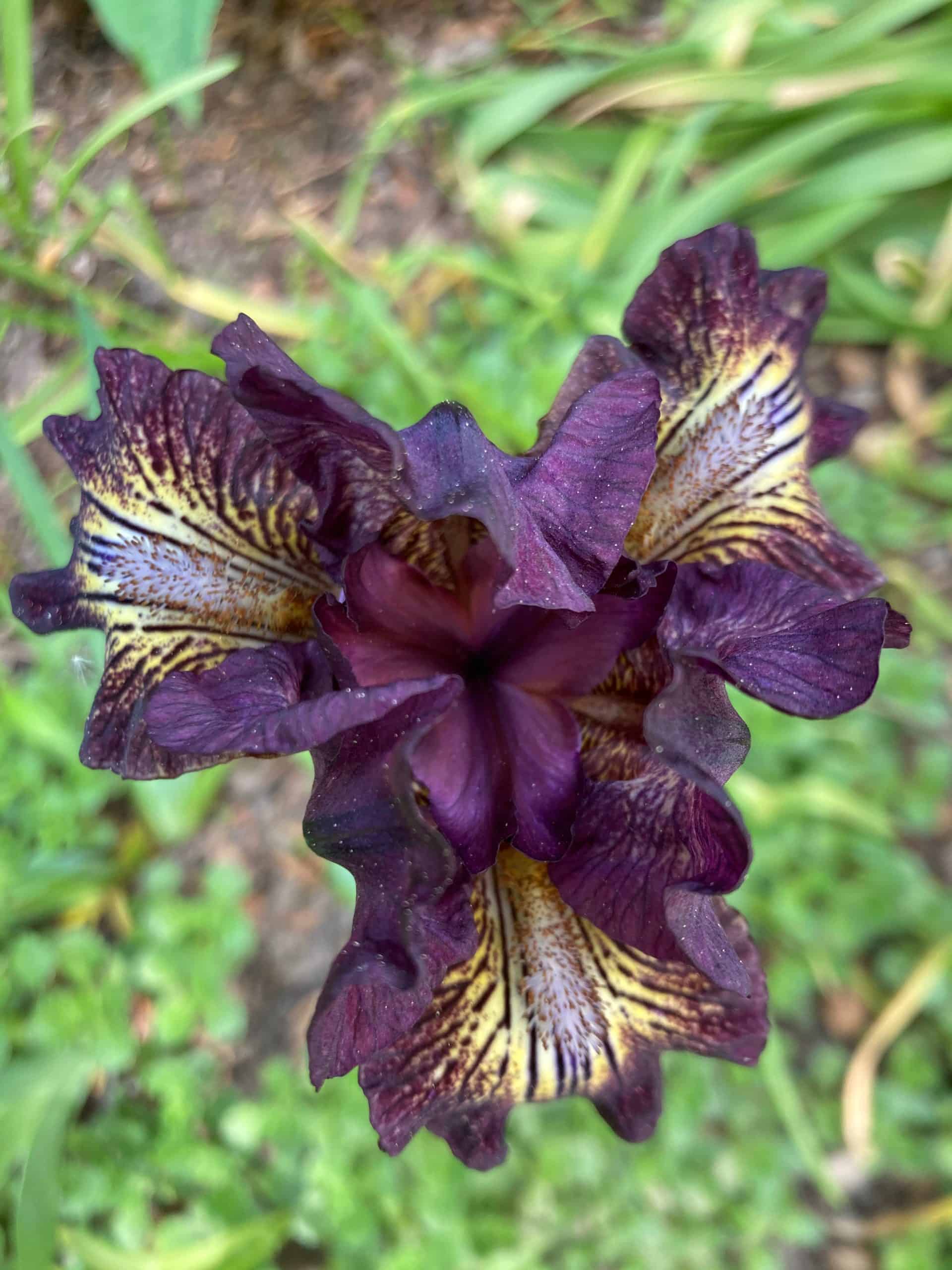
Standard dwarf bearded iris: I grow a few of these stalwart beauties; shown here is ‘Ruby Eruption’. They gradually spread over time and don’t seem to be bothered by the dreaded iris borer, often a pain in the neck for tall bearded types, which bloom later. Their stockiness (most are about 8 in/20 cm tall) means no gangly flower stalks, but their flowers are just as richly coloured and varied as their taller cousins.
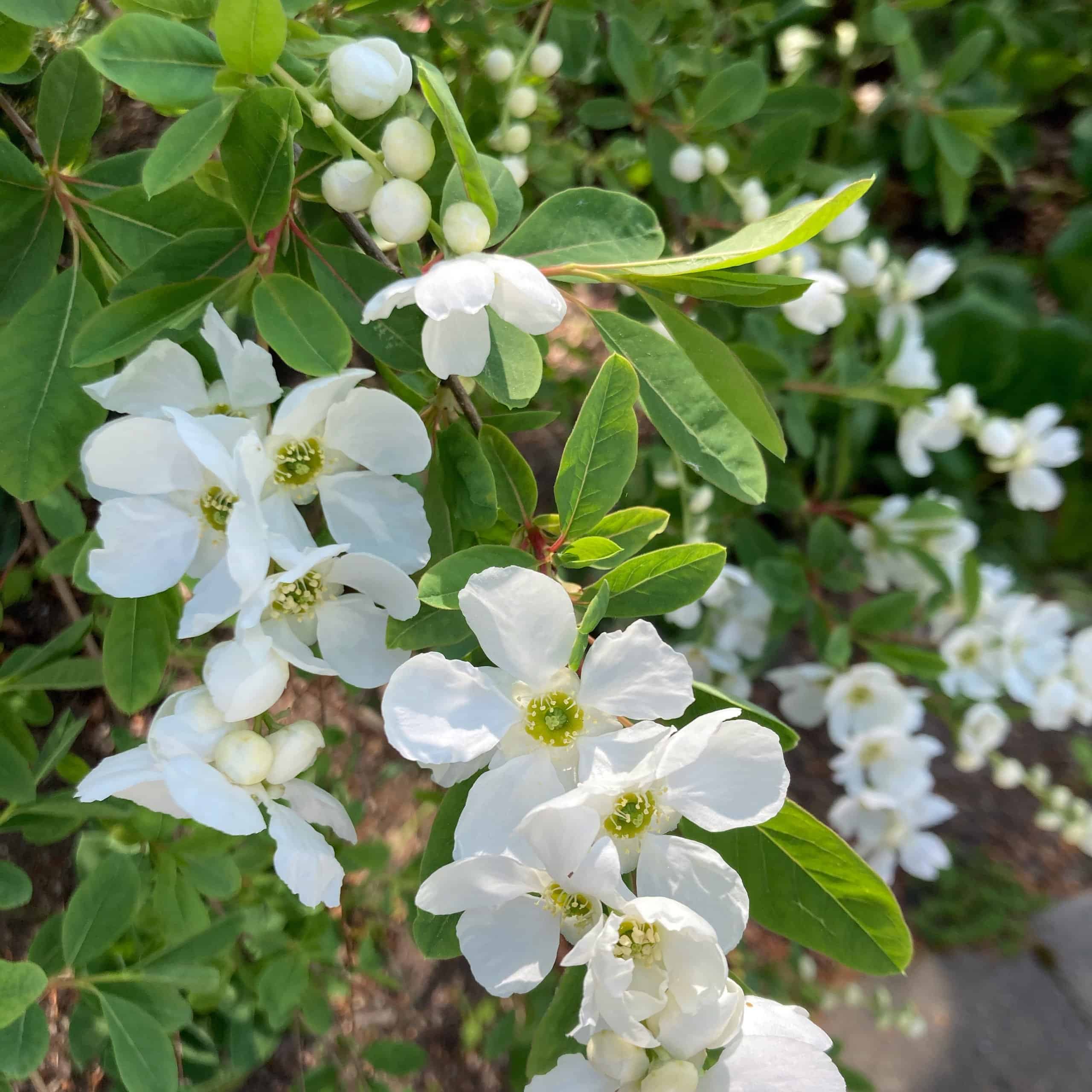
‘The Bride’ pearlbush (Exochorda x macrantha ‘The Bride’): This three-foot (90-cm) shrub may not bloom for more than a couple of weeks, but its arching branches generously lined with pearl-like buds that open to large, five-petaled white flowers make up for this shortcoming. The star-shaped seedheads in fall are interesting, too. (Snow Day Surprise is a newer, more compact cultivar.) Prefers sun; pruning after flowering keeps it shapely.
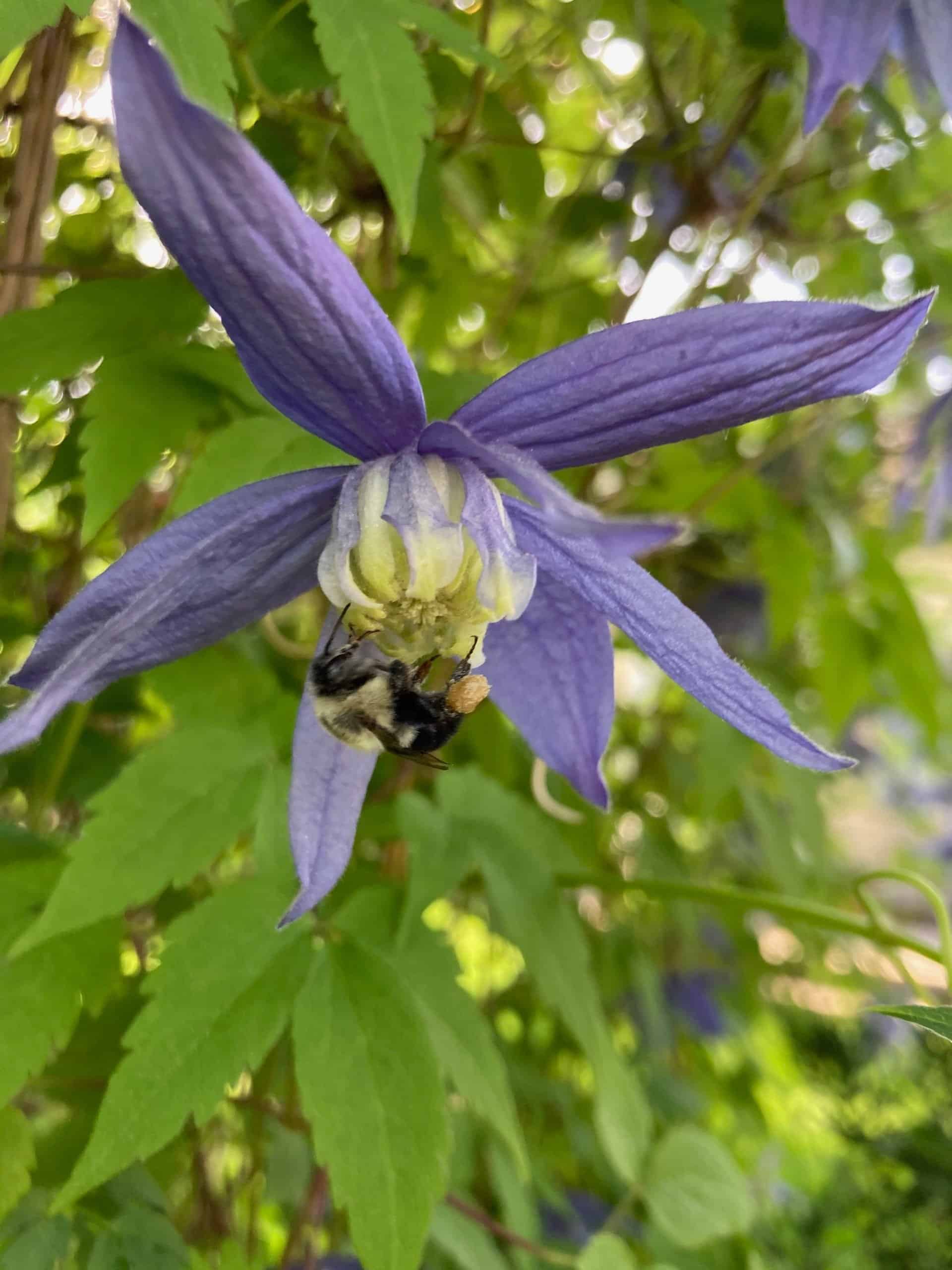
‘Blue Bird’ clematis (Clematis macropetala ‘Blue Bird’): This early-blooming clematis climbs up one side of a wide metal arch in the middle of our garden. (The other side holds ‘Royal Velours’, a late-blooming viticella type.) The dainty nodding blue flowers are centred with a puff of creamy stamens, and the seedheads that follow are attractive. Every few years, I thin out a few wayward stems immediately after blooming, otherwise it’s left to its own devices.
Houseplants need love, too
Although it’s a joy to be outdoors in our gardens, it’s no time to ignore our houseplants. They still need our attention, too. A recent interview with Darryl Cheng, the Toronto houseplant guru who writes the popular blog The House Plant Journal, discusses why the amount of light your houseplants receive is one of the most critical — and perhaps the most misunderstood — factors to their success. The interview also includes practical suggestions on how to propagate some favourites, including begonias, pothos and hoya.










Good Saturday morning beckie
I just read your article on Rhodos The problem that I have is just old age for one of my rhodos. It’s over 25 y ears old, if not 30 At the base of the plant it is now flowering but the top 1/3 is getting yellow, has last years buds on but no bloom. I was wondering if I should cut it back by that one third and will the bottom of the plant send up branches. I have 3 others about the same age and they are still doing well t hey have been treated with aluminum, sulphate twice this spring so I know the soil is good, soil is mulched year round . The others are doing there job well but not this one and it’s not the oldest.
Your opion on this plant would be greatly appreciated.
alice wikaruk
Hi Alice, this is Thelma from Runnymede Rd. Nice to see you are still gardening!